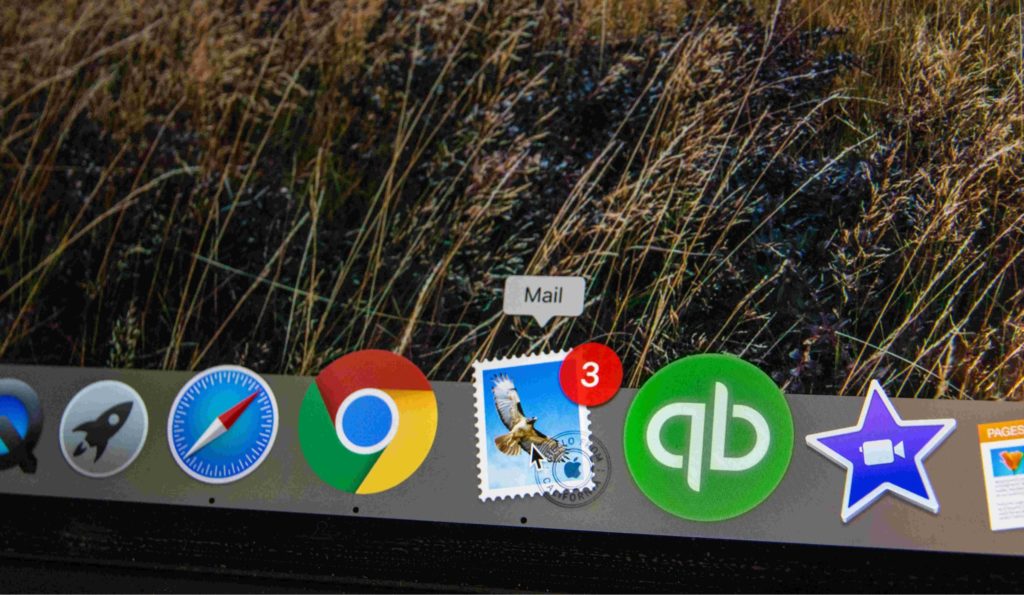
From email nurture, social media, search, display, content marketing and influencer marketing, there are a variety of disciplines that comprise digital marketing. And while specialization within each discipline is important, when the tactics play together in harmony, your results can be astounding. Truly, the sum can be greater than the parts. This post looks at how two of the disciplines, email nurture and social media, can work in concert to ensure your owned audience hears your message.
Creating a Matched Audience on Social
Your email marketing engine is a vital part of your online marketing efforts and one of the few digital channels that you can own. Clearly, your subscribers want to receive your content—they opted in, after all. But let’s face it: We don’t always read every branded email newsletter. So when a particular message is important for your audience, don’t rely on email alone. Instead, hit them where they spend hours of their day: social media.
Creating a matched audience is the first step. Here is how to do it on some of the more popular social media platforms.
For Facebook and Instagram
Facebook has robust capabilities for creating a matched audience based on a customer list. Within the Facebook ads manager, go to “All tools” and then, under the assets column, select “Audiences.”
Create a custom audience by using a customer list. Unless you use Mailchimp as your email marketing tool, you’re going to have to import the list via a text file. When uploading the file, you may have to tag the different columns with identifiers, such as name, phone number, city and state. The more fields you can upload the better your match will be.
One helpful tip: If it’s available, include the total customer lifetime value. It won’t affect the match rate for your customers, but it can be helpful in creating a high-value lookalike audience in Facebook for paid social media campaigns down the road.
For LinkedIn
The number one social platform for business professionals only allows you to create a matched audience based solely on the email addresses of your contacts. This could present challenges in creating a matched list because the platform is looking to match on one field only. LinkedIn recommends attempting to create a matched audience with 10,000+ contacts in a list.
For Twitter
Twitter allows you to create a matched list based on the following fields: phone number, email address, Twitter handle and/or mobile advertising IDs. You will have to save your list and then upload it to create what Twitter calls a “Tailored Audience.”
For Other Social Networks
Social media platforms are always enhancing their ads’ capabilities for marketers. To see the capabilities for other networks, do a web search for the social media platform along with “matched audience” to see if they offer this service.
Now that you understand how to create a matched audience within the social media platforms, let’s look at how you can complement your email nurture campaigns with a paid social media marketing strategy.
Option 1: Reinforce the Message
The easiest way to implement an email and social media strategy is to reinforce your messages. This is the classic one-two punch of digital marketing: send out an important announcement via email, and then pay to promote that story on social media.
Using your matched audience in a paid social media campaign, you can ensure that you’re promoting the right piece of content to the right audience. This targeting is way more defined than having to set up more generic interest targeting, and it reinforces the message that they already received in their inbox.
Option 2: Warm up Those Who Read the Email
One of the standard metrics for email marketing is open rates—but you can do more with this number than just reporting a statistic. Instead, dive into this data to refine your customer list into those who opened and even clicked the email. This information tells you exactly who was exposed to your message and to what extent (e.g. if someone clicked to go to your site, they were more exposed to your message than someone who just read the email).
Marketers can take this information and create yet another matched audience within the social media platforms that can be messaged in a different way. Now that you know that someone was exposed to your message, what’s the next step to entice them further down the funnel? Create that content and promote it to this audience on social media.
Option 3: Message Those Who Didn’t Read the Email Differently
Similarly, you can take all the information about the people who didn’t open the email or make a click and message them differently. You know that this audience wasn’t exposed to your message, because they didn’t find either the subject line compelling enough to open the message or the copy inside interesting enough to warrant a click.
Use this information to modify the way you approach these consumers. Maybe you need to be a little more on-the-nose with your copy or overt in how you approach them. Regardless, try something new to try to break through the noise to reach these customers.
Do you have another way of using email and social media in concert? What about other digital marketing techniques? Please let us know in the comments! And if you are looking to up your game with user-generated content that can be repurposed across all digital channels, be sure to read our TINT case studies and schedule a demo today!



